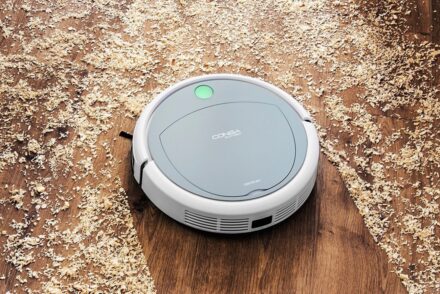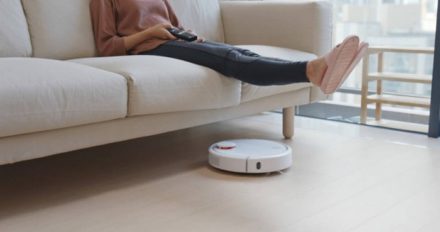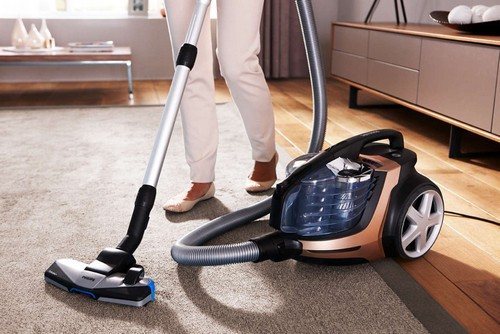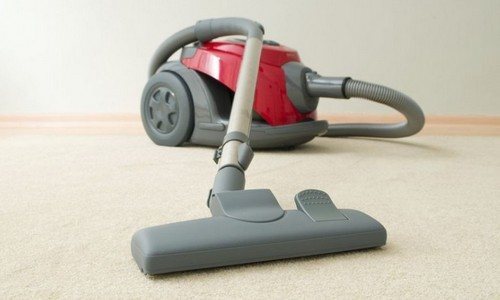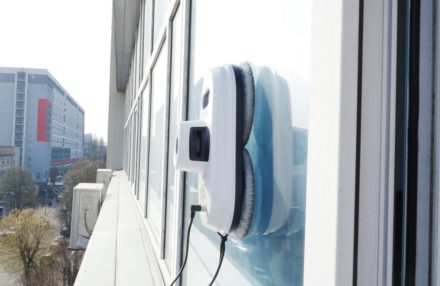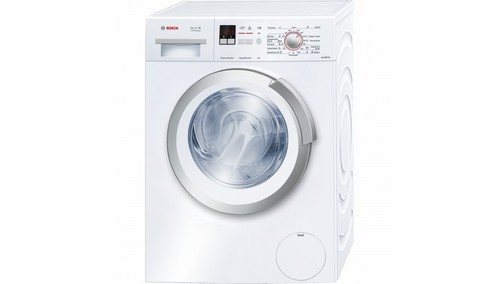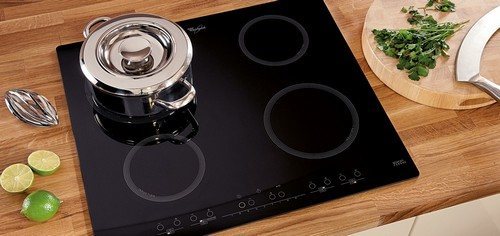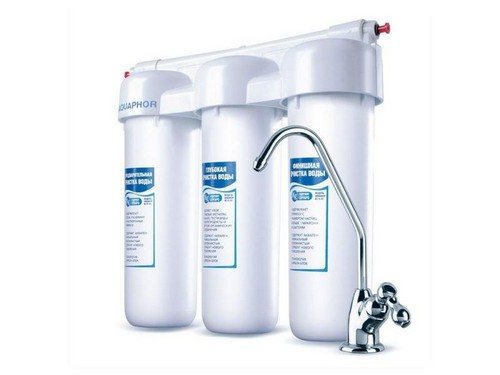A robot vacuum cleaner has long ceased to be a dream for most of the world's inhabitants, but has become as necessary and necessary a thing as an iron or a kettle. Despite the fact that they appeared quite recently, they have already become the most popular robots in the whole world. They have a number of advantages over a conventional vacuum cleaner.
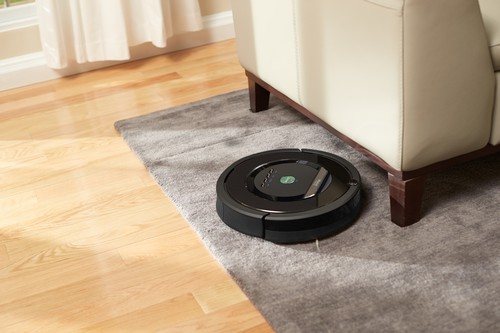
Advantages of robot vacuum cleaners
- Cleaning is carried out without human intervention - that is, you just need to set the required cleaning mode and go about your business, the robot will do all the work itself.
- Saving valuable time - no longer need to waste your day off on exhausting cleaning. You can enjoy a well-deserved rest, and the robot will do everything itself, because it is not just a thing that rolls aimlessly on the floor, it actually makes it clean.
- Cleaning in hard-to-reach places - you no longer have to undertake a grandiose rearrangement of furniture and waste energy on it. The robot vacuum cleaner itself will get under tables, chairs and sofas, because this is where the largest amount of dust accumulates, mainly due to the fact that you have to clean by touch, skipping the most contaminated areas.
- Setting for cleaning in one place - the vacuum cleaner can be set to cleaning mode in the dirtiest places in the house, for example, the hallway, from where all the dirt and dust is spread throughout the apartment.
- Cleans the surface without missing a speck of dust - for almost everyone, cleaning is a hated chore that you want to get rid of as quickly as possible, so cleaning is done in a hurry.The robot vacuum cleaner will not miss a single centimeter of the surface, will remove all debris and dust, and most importantly, is ready to work for days on end.
- Antibacterial effect - if the vacuum cleaner model has a UV lamp, which should be specified when purchasing, then along with the dirt the vacuum cleaner will destroy pathogenic bacteria, such as the influenza virus and ARVI.
- Excellent cleaning of fine dust - the more modern and powerful a regular vacuum cleaner is, the more suction power it has. But this is not so useful, since large dirt and debris are best drawn into the dust collector, while small dust particles that cause allergic reactions continue to float in the air. A robot vacuum cleaner solves this problem thanks to its moderate power, which guarantees cleanliness not only of the floor, but also of the air in the apartment.
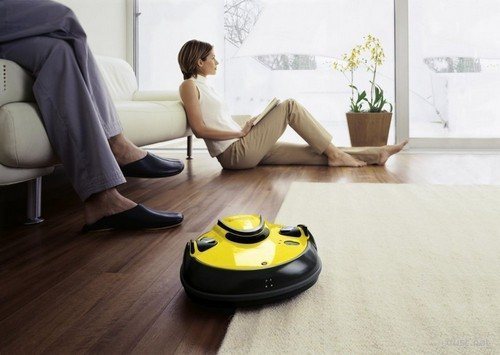
Cons of robot vacuum cleaners
Along with obvious advantages, there are also disadvantages.
- Price – if you want to get the maximum benefit from the device, then you will have to pay a lot for it, on average from $500. The cost of a budget option from Chinese manufacturers ranges from $200, which is also higher than the cost of conventional vacuum cleaners. The lower the price, the smaller the set of useful functions of the device, and accordingly the service life is also reduced. It is recommended to buy only branded models in large household appliance stores, this will provide a money-back guarantee in the event of a breakdown that is not the fault of the client.
- Constant recharging - unfortunately, as soon as the device runs out of energy, it will not be able to replenish them on its own; it will have to be recharged independently.
- Electricity costs - if manual cleaning can take an hour or two, then robotic cleaning can last 7 - 8 hours, with recharging.
- Noise – the noise level of the device should be checked before purchasing, so as not to subsequently encounter complaints from neighbors about a constant hum.
- Cleaning after each cleaning - each time it will be necessary to clean the wheels and brushes of the robot from hair and fur, otherwise it will not be able to fully clean the surface.
- Obstacles - the device will not be able to fully clean if there are things scattered around the apartment at every step, this also applies to wires, it will simply go around them, leaving dirt around. And, of course, he will not be able to get under a closet or chest of drawers, no matter how much the device costs, it still does not have magical functions.
- And the most unpleasant thing is that if the device is not equipped with a washing vacuum cleaner function, then if there are animals in the house, you will have to repeatedly clean up their smeared feces from the floor yourself.
So how to choose the most suitable option for your home? To do this, you need to take the time and have a good understanding of the variety of proposed models, because like any household appliance, it has a wide range of technical characteristics and has certain parameters that everyone chooses for themselves. Let's consider the most important ones, thanks to which it is easier to make a choice.
Robot vacuum cleaner selection options
Apartment area – is the main criterion when choosing a device, because a robot designed to clean a room of 30 square meters is not capable of efficiently cleaning an apartment of 150 square meters.
Soft touch mode — It is worth taking care of the presence of this function if the house has a lot of easily breakable decorations, such as floor figurines, thin glass, porcelain vases, or there is furniture made of sensitive materials that are easy to scratch.
Overcoming obstacles – an important parameter, because there is little use in a vacuum cleaner that clings to everything and stops at every step or constantly gets tangled in wires and is not able to overcome even the lowest threshold in the room.
Dust container size – this criterion must be selected depending on the size of the room. For an apartment with an area of 50 square meters it is 0.3 liters, up to 80 square meters is 0.5 liters, and 1 is 1.5 liters for apartments from 100 square meters.
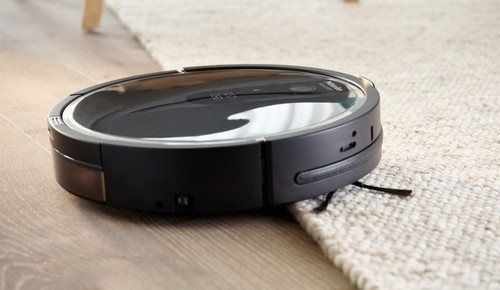
Equipment – In order for the robot vacuum cleaner to last longer, buy models of famous brands in well-known stores whose service centers are located in the Russian Federation.
Number of sensors – with the help of sensors, the robot receives communication with the outside world and sees obstacles that arise along the way. There are 3 types of sensors:
- Infrared sensor – touch and fall sensor. The first allows the robot to go around obstacles without bumping into them, which significantly saves cleaning time, and is located on the edge of the vacuum cleaner body. The second, a fall sensor, is built into the bottom of the device: if the sensor stops receiving a signal, it means there is no floor under the robot, in which case the vacuum cleaner goes back and chooses a different trajectory of movement.
- Collision sensor – mechanical collision sensors are built under the robot’s rubber bumper, which, when the device touches an object, receives a signal that you need to change the direction of movement and go in the other direction.
- Ultrasonic sensor - allows you to determine the distance to an object and, depending on it, changes the speed of movement, accelerating in open space and slowing down when an obstacle approaches. This sensor provides better cleaning of hard-to-reach places and corners.
Battery capacity - the main parameter influencing the efficiency of cleaning. The longer the device operates without recharging, the better it will perform its functions.
Having considered the pros and cons of robotic vacuum cleaners, and having determined all the necessary parameters, you can begin to directly select a specific model; fortunately, manufacturers today have something to offer to customers, whether they are lovers of new-fangled devices, owners of cats and dogs, or extremely economical and picky ones.
In any case, choosing a modern and high-tech robotic vacuum cleaner is always difficult, but with some knowledge and the ability to ask the right questions, the client will be able to choose the right product based on personal preferences and, of course, financial capabilities.


